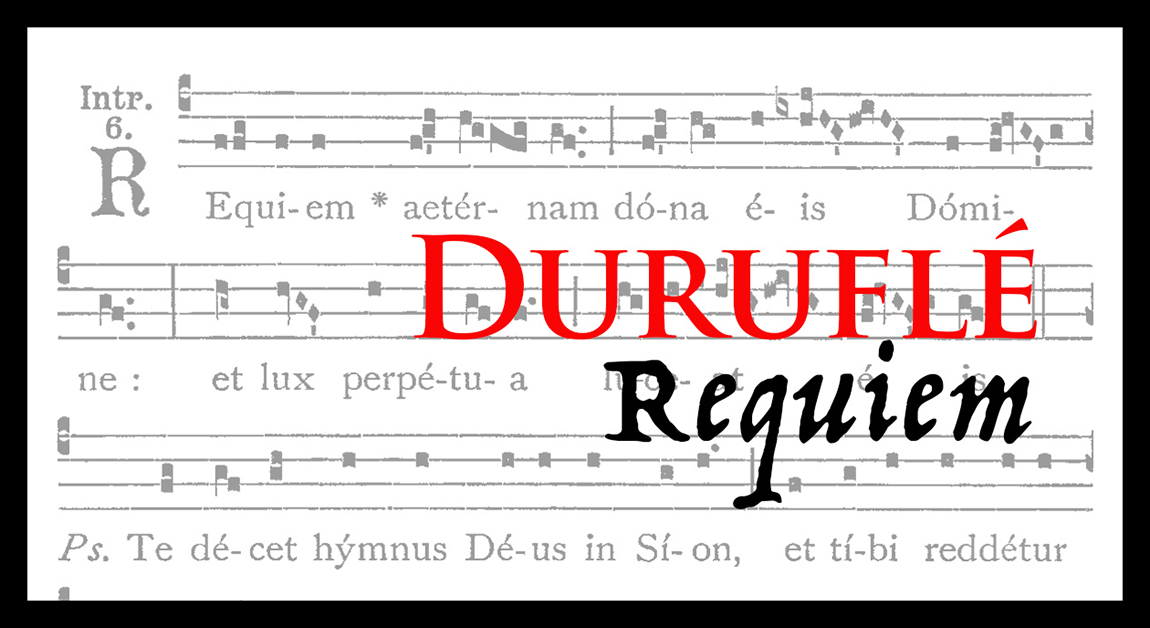News
All Souls: Duruflé Requiem

Sunday November 5th at 5:00pm
Choral Service of Remembrance for All Souls’ Day
During this season of All Souls, all are invited for a solemn memorial Eucharist, at which we will remember and celebrate the lives of those who have gone before us to the Kingdom of Heaven. The complete Requiem Mass setting by Maurice Duruflé will be offered in the context of the liturgy.
The Rev. Eric Hungerford, Celebrant
Andrew Kotylo, Director of Music and Organist
Andy Brown, Organ Scholar
The Choir of St. Paul’s Episcopal Church
Karen Richter, mezzo-soprano
The sanctuary will be illuminated with candles, and votive candles will be available for individuals to light.
Incense will be used during this service

The Requiem by Maurice Duruflé (1902 – 1986)
Duruflé’s early musical training was at the cathedral in Rouen, where there was a famous school of Gregorian chant. This repertory of liturgical song had become something of a French speciality in the 19th century, and a group of Benedictine scholars at the French monastery of Solesmes developed a theory of chant rhythm as a free succession of notes of mostly equal value in groups of two and three.
The Solesmes school of chant restoration and performance achieved widespread acceptance, and after a thorough steeping in this tradition, Duruflé studied at the Paris Conservatoire, where he was exposed to the work of Fauré, Debussy, and Ravel. When he wrote his Requiem in 1947, like the earliest composers of polyphonic Requiems, Duruflé took the Gregorian plainchant Mass for the Dead as his raw material. His declared intention was ‘to reconcile, as far as possible, Gregorian rhythm … with the exigencies of modern meter.’ That is, he did not transcribe literally the original melodies with their irregular alternation of twos and threes; he adjusted the rhythms subtly so that larger metric patterns emerge, but still he allowed the meter to shift frequently so that a sense of spontaneity is preserved. At the same time, he clothed the sometimes archaic-sounding melodies in sophisticated harmonies of the early modern school. Although he came from a different liturgical tradition, Duruflé used similar texts to those used by Fauré in his requiem.
The piece is in the true ‘tendresse’ style, leaving out the chilling full Dies Irae and accentuating the aspect of forgiveness through the inclusion of a separate Pie Jesu and through constant repetition of the phrase ‘Requiem aeternam dona eis Domine’.
Duruflé was incredibly self-effacing, and spent considerable time re-working his compositions until they achieved what he felt was the correct level of perfection; in fact, there are only 14 published Opus numbers to his name.
Adapted from program notes by Barry Creasy, Chairman, Collegium Musicum of London, with permission.
